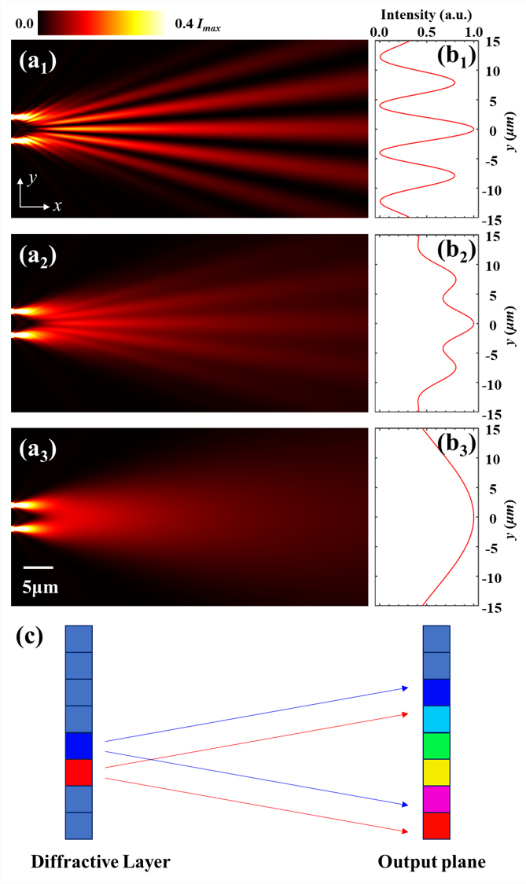The research team led by Professor Weiqiang Ding from the School of Physics at Harbin Institute of Technology (HIT) has achieved a significant breakthrough in optical computing. Their groundbreaking work, titled Partially Coherent Diffractive Optical Neural Network, was recently published in the prestigious journal Optica. By introducing the spatial coherence of optical fields into diffractive optical neural networks (DONNs), the team has overcome the long-standing limitation of such networks requiring highly coherent light sources (e.g., lasers), paving the way for their practical application in real-world environments.
As a key implementation of optical computing, DONNs have demonstrated remarkable success in image processing, object recognition, and related fields. However, existing DONNs predominantly rely on coherent light sources, restricting their utility in scenarios with natural or incoherent illumination. To address this challenge, Prof. Ding’s team innovatively incorporated spatial coherence parameters into the design of DONNs and developed a novel training algorithm adaptable to light sources with arbitrary spatial coherence. This approach breaks the traditional reliance on coherent light, enabling effective training and operation of DONNs under partially coherent or even fully incoherent conditions.
Experimental results revealed that the partially coherent DONN exhibited superior robustness compared to its coherent-light-trained counterpart when tested under varying coherence levels. For instance, in handwritten digit recognition tasks, the network trained under partially coherent light maintained an accuracy rate above 82% across different coherence conditions, while the coherent-light-trained network’s accuracy plummeted to 26% under non-ideal lighting. This advancement not only significantly enhances the applicability of DONNs in low-coherence environments but also opens new theoretical perspectives for the fundamental study of optical neural networks.
The research marks a critical step toward deploying optical computing systems in real-world settings, such as natural lighting or dynamic industrial environments, and underscores HIT’s leading role in pioneering next-generation intelligent optical technologies.
Paper Link: https://doi.org/10.1364/OPTICA.531919

Fig. 1 Schematic illustration of effect of coherence on an optical system and the DONN.

Fig.2 Conceptual sketch of the experimental setup and the recognition result of differential measurement.

Fig. 3 Comparisons of traditional coherent (a, b, c) and our partially coherent (d, e, f) DONN.

